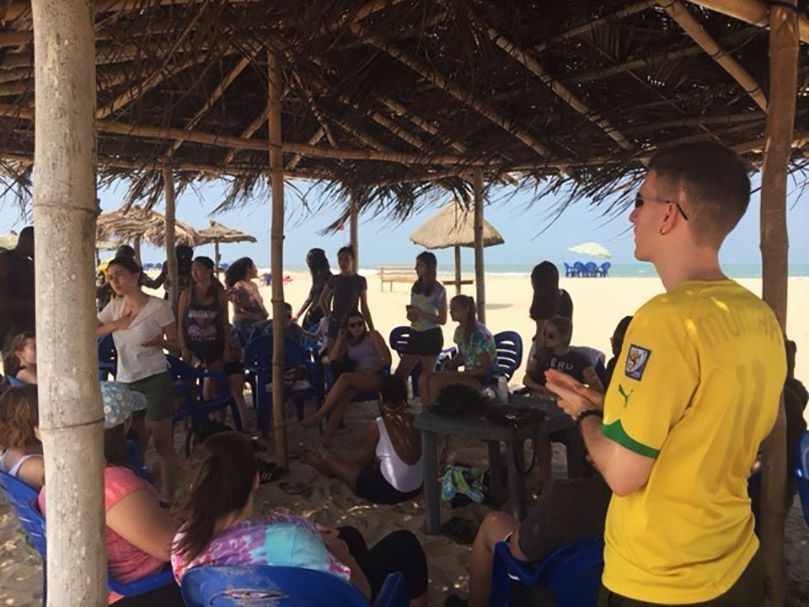Of Sweet Shores & Slave Forts
For some people, the weekend marks a time to take a break, slow down, pop a root brewski, eat a burrito, and avoid any commitments of mental energy. Those people aren’t on a three-week study abroad.
We started out by getting to sleep in for a whole thirty minutes (wooooo!) before boarding a bus and finally getting a proper tour of Accra, the capital of Ghana. We saw 37 Military Hospital, where a great colony of straw-colored fruit bats have made their home (legend says that they accompanied a chief who went to the hospital, but he died and the bats are still waiting for him to return to his village). We saw Makola Market, a streaming sprawl of bright colors, car exhaust, and people carrying all manner of things on their heads. We also saw Jamestown, the home district of the Ga people where fortuneless flocks of fishing families live in shanties on the beach. It’s very common in places like this for local Ghanaians to use the beach as a toilet, so to avoid that biohazard and violent diary entry, we drove away from the city to a private beach.
Bojo Beach sits on a sandbar across a lagoon from the main resort, so we all piled into an elongated canoe with a groaning, spitting motor and puttered over. After probably eating every plate of rice and chicken in the cantina, we all flitted, floated, and frolicked about without worrying too much that the bathroom on the island consisted of a bucket in a port-o-potty.
Back on the bus, we drove through undesirable traffic to Osu, the vibrant and cosmopolitan hub of shopping and nightlife in central Accra. The students were given an hour to explore Oxford Street, the main thoroughfare of the district, before reporting for dinner. Some stayed near the more recognizable shopping mall, while others accompanied the more experienced program leaders to bargain for shea butter, beads, and football jerseys. After dinner, sandy and tired, we all debriefed and collapsed in our beds.
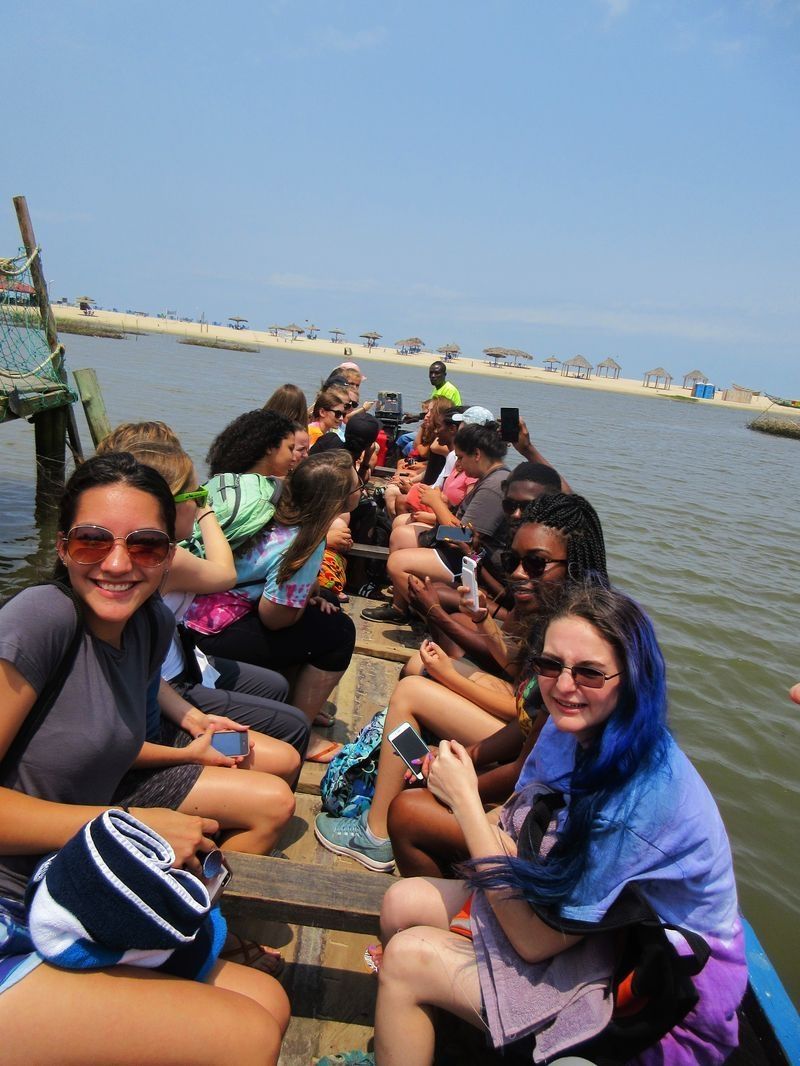
Sunday allowed no fancy-pants thirty minutes to sleep in—we packed up breakfast and were on the road toward the Central Region at 7:30. After four hours on the bus, we arrived at Kakum National Park, a preserved patch of rainforest in some hills near the coast. We hiked uphill for almost a mile, trying not to slip in our own sweat, before arriving at the canopy walkway, a series of seven bridges built from nets, boards, and cables hanging 40 meters (134.2 American length-units) off the ground.
Swaying over an invisible forest floor somewhere deep in a primal jungle, some of the kids were—for some reason—timid. Others bounced along happily, absorbing the majestic views of foreign treescapes that rightly belonged in nature documentaries and unending jungle horizons calling out silently of carnal roots and fear-tinged lostness. There was also a gift shop.
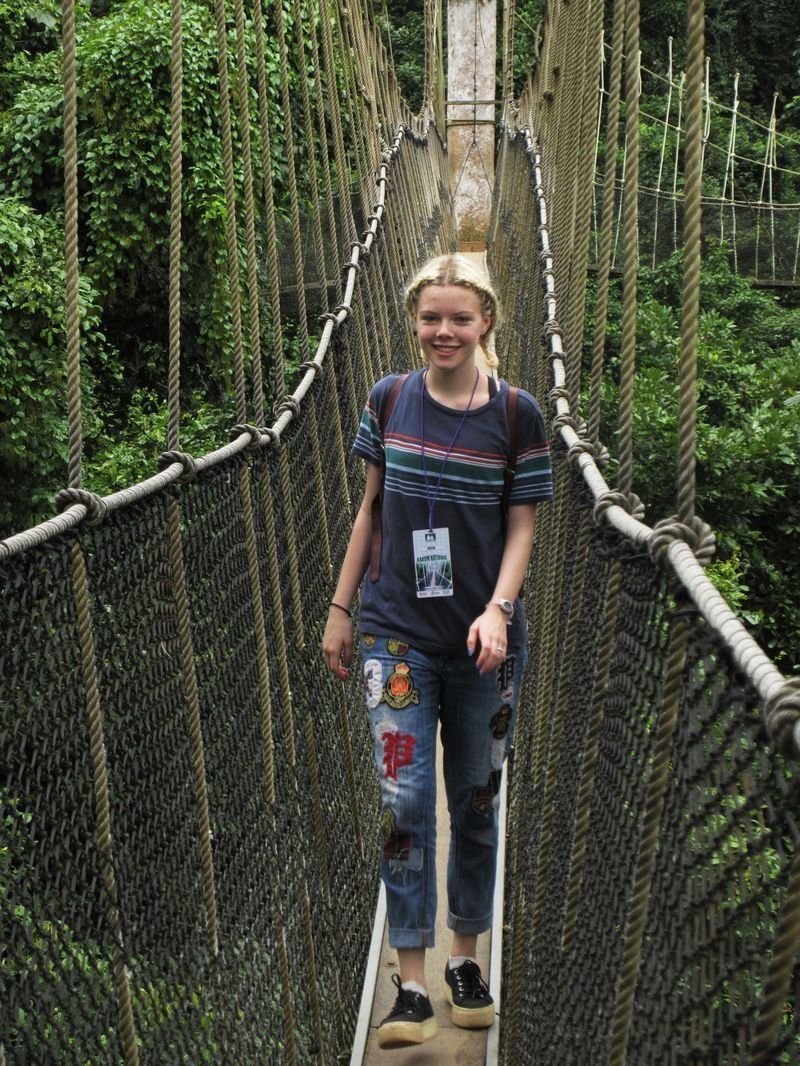
After a brief stint as the only tree-people in Ghana, we piled back in the bus and played American Ninja Diners, eating plain rice and stew with chicken that wouldn’t go into our mouths without a fight on the bumpy dirt roads. We then arrived at Cape Coast Castle.
Cape Coast Castle was a British slave castle with one of the Doors of No Return, where African captives passed from their home continent onto foreign ships bound for futures in slavery. Down in the male slave dungeons, we walked on centuries-old, compounded human waste in rooms that held two hundred men each. We visited the female dungeons and the female punishment cell, where African women who resisted enslavement and rape by the British soldiers were kept as an example. We entered the condemn cell, where violent male captives were placed in solitary confinement without air, water, food, sound, or light until they died. We passed through the Door of No Return as millions of African captives had done over the course of two hundred years.
We then got to see the governor’s quarters, with its breezy sixteen windows overlooking the coast, built on top of the male slave dungeons but out of earshot from their cries of suffering. The excellent tour guide finished with a warning that slavery is still ongoing all over the world, and that it falls on all of us to see it, to call it out, and to put an end to it. We all had a lot to think about on the long ride back to Legon.
Brady, Steve, and Kayla
Related Posts
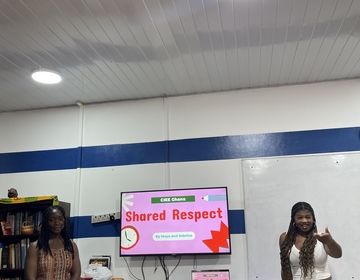
Student Project: Shared Respect
During this program, the participants worked in groups to create projects reflecting their experiential learning from the last three weeks. The following is a selection from Sabrina Addo and Maya... keep reading
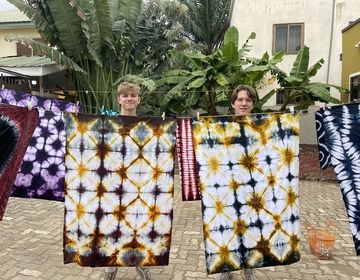
Tying Up Loose Ends
With only a few days left in our program, we are embracing every opportunity to make lasting memories and reflect on our incredible journey. One of the highlights of this... keep reading
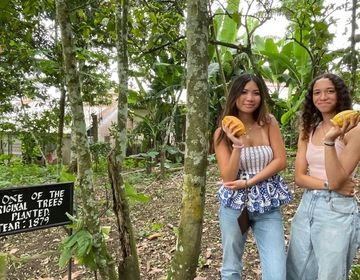
Visiting Ghana’s First Cocoa Farm
Student Blog Takeover: Milo and Anthea visit Ghana's first cocoa farm
